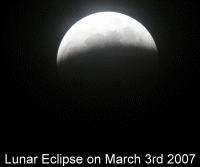| List of years in science |
|---|
| (table) |
| 2007 in science |
|---|
| Fields |
| Technology |
| Social sciences |
| Paleontology |
| Extraterrestrial environment |
| Terrestrial environment |
| Other/related |

The year 2007 involved many significant scientific events and discoveries, some of which are listed below.
